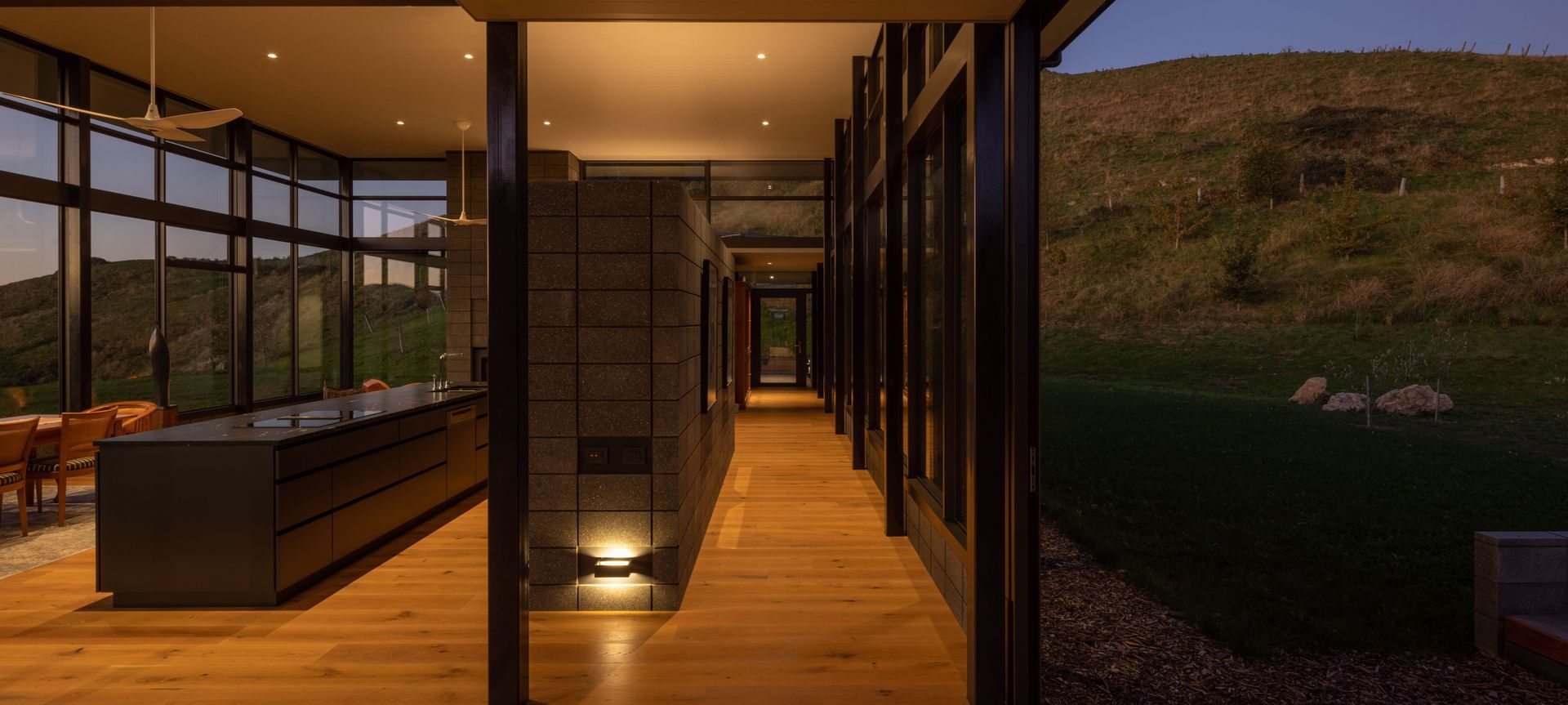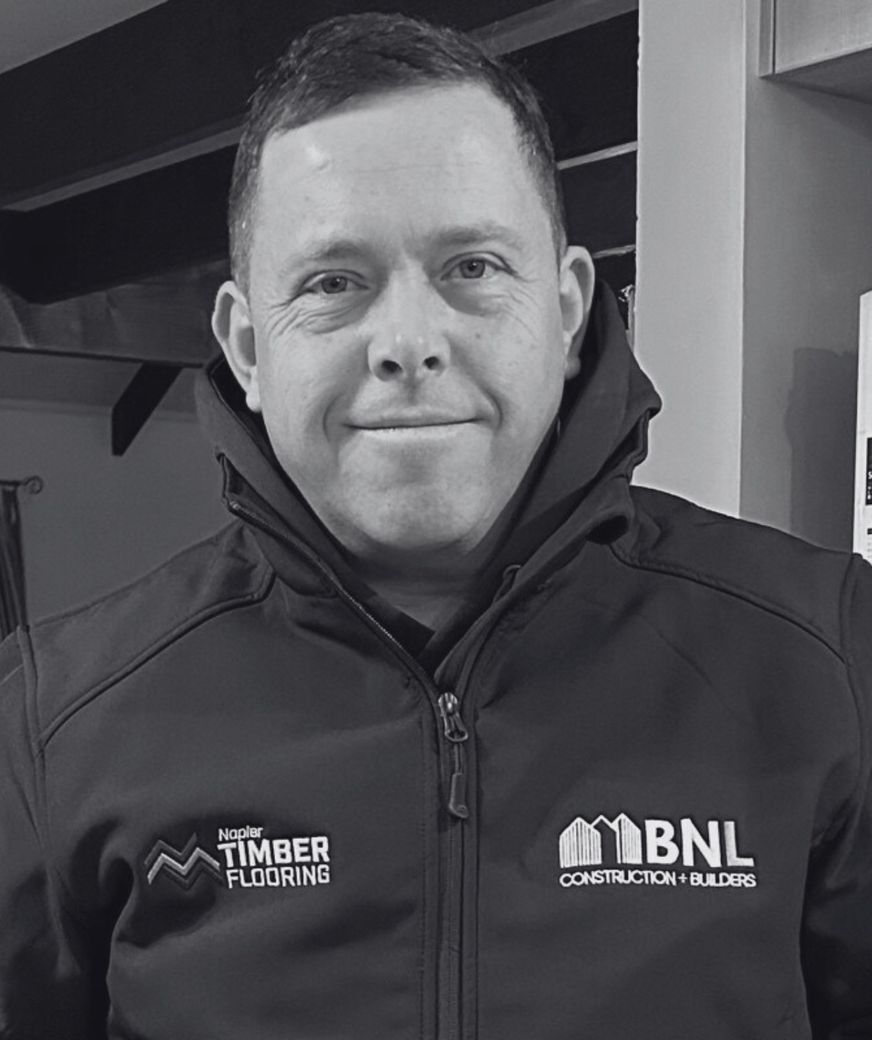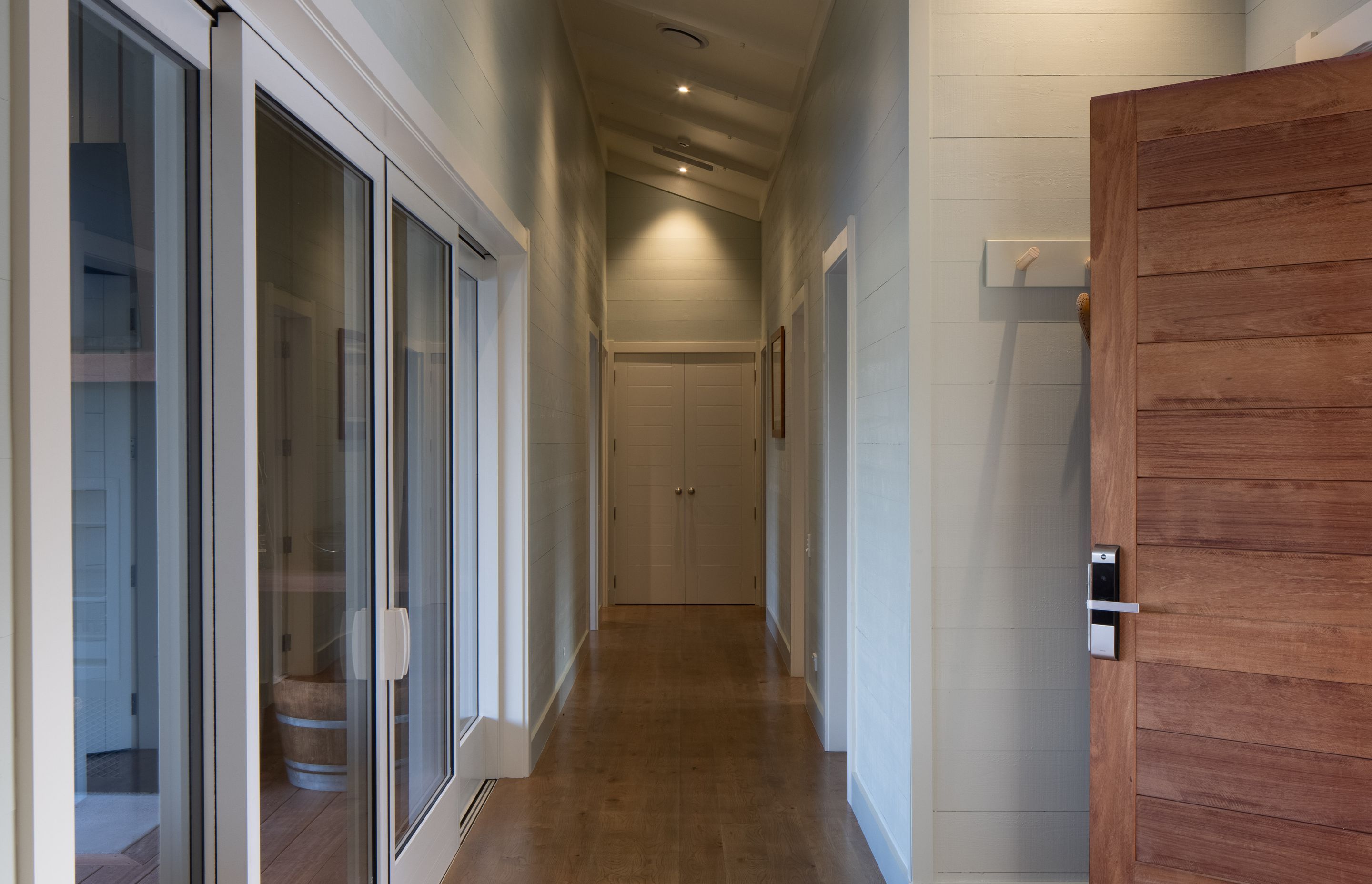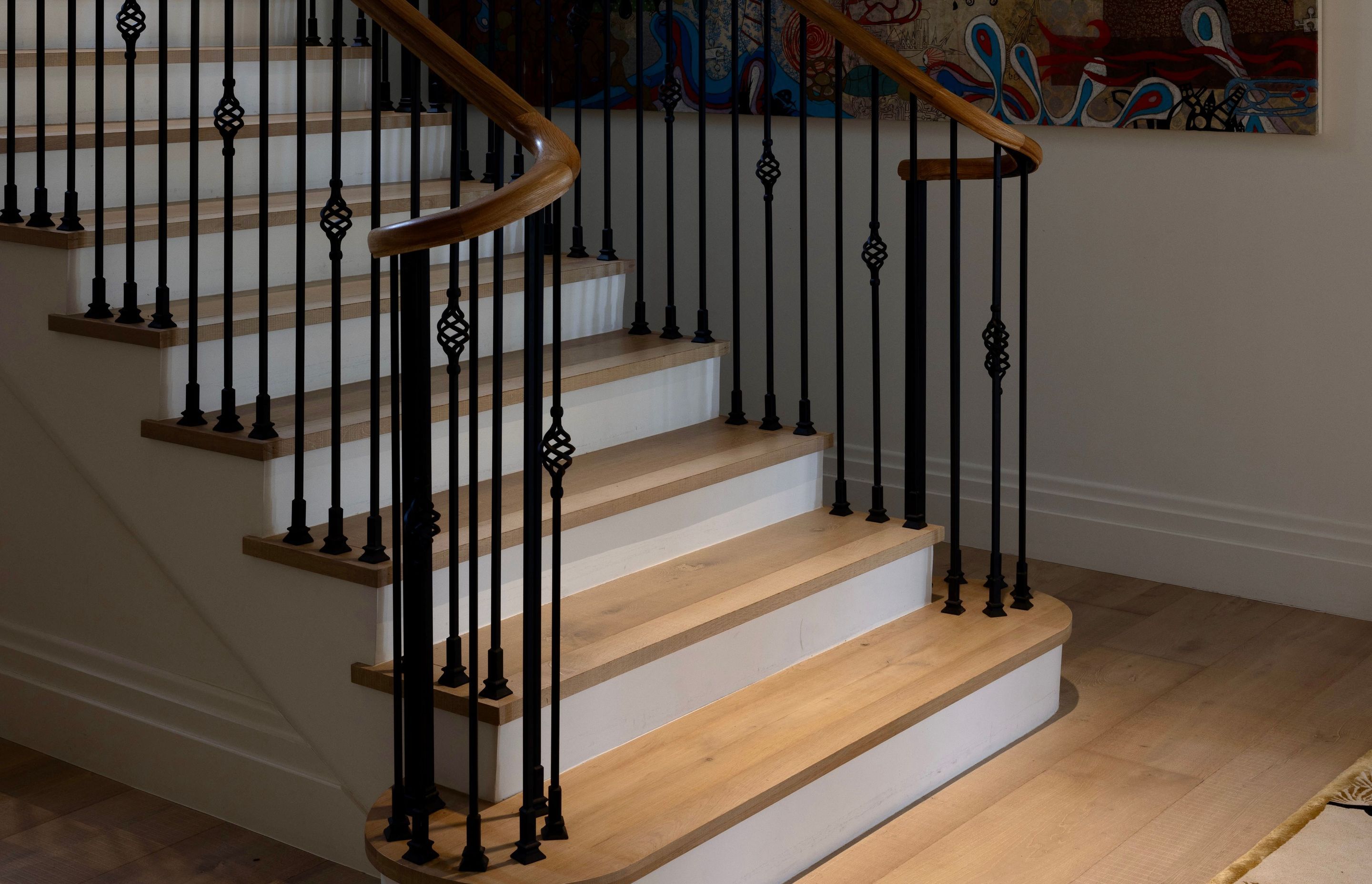Engineered timber flooring: what do you need to know?
Written by
12 April 2024
•
4 min read

It’s not difficult to find a home, office or commercial space with beautiful solid timber flooring. It’s a durable, sustainable option with plenty of options to suit your desired aesthetic.
However, it’s not always possible to install and work with solid timber – it can be costly, requires a certain amount of time for installation, and isn’t suitable for all spaces.
A solution to this is engineered timber flooring – a cost-effective option that achieves the same look and feel as solid wood flooring without these limitations.
What is engineered timber flooring?
Also known as engineered wood flooring, this flooring option consists of a structural base topped with a thin layer of natural hardwood veneer – available in various species, grains and finishes.

“Engineered wooden floors use a veneer of wood on a plywood panel to create the effect of solid wooden floors. The thickness of the wooden veneer varies depending on the grade of engineered flooring, and you can choose from a wide range of stains, wood styles and finishes,” says operations manager at Napier Timber Flooring, Daniel De Jesus.
Varying from a 4-6mm veneer depending on the manufacturer with a backing of ply to achieve a 14-20mm finish, there are many engineered timber styles and colours available to suit every project.
“If solid wood isn’t the right choice for your home, you could achieve a similar effect with engineered wooden floors.”

If solid wood isn’t the right choice for your home, you could achieve a similar effect with engineered wooden floors.
The benefits of engineered timber flooring
Cost-effective and quick to install
“Engineered timber flooring can be cheaper than solid timber flooring, and being pre-finished it can be walked on the day after being laid,” says De Jesus.
“Engineered wood also reduces labour costs because the tiles are engineered to fit together simply; this also makes them quicker to install.”
Well-suited to underfloor heating, temperature fluctuations and humidity
Due to the composition of engineered timber floors, they are ideal in spaces where there might be movement underneath, caused by factors such as for underfloor heating.
Unlike solid timber, which can change in response to temperature fluctuations, the structure of engineered floorboards minimises the risk of warping when exposed to the heat emitted by an underfloor heating system.
“Being engineered with ply backing, it allows the engineered timber flooring to move better,” says De Jesus. “It’s a product that gives you more flexibility.”
This layered composition also allows engineered wood flooring to repel moisture and prevent movement in damp and humid environments.
A sustainable option
Engineered timber flooring is considered to be a sustainable option as it utilises less wood, and can produce less waste.
It can also be refinished; however, the number of times an engineered wood tile can be sanded and restored varies depending on its thickness.
“As long as you clean any spills immediately and use the recommended products, it can last longer,” says De Jesus.

Being engineered with ply backing, it allows the engineered timber flooring to move better. It’s a product that gives you more flexibility.
Engineered timber flooring experts
If you’re considering installing engineered wood flooring in your home, Napier Timber Flooring can help you explore the options and understand the different styles and timbers available.
“Our installation process includes preparation of your subfloor, installation of your engineered wood, and can include oiling of the final product,” says De Jesus.
“We recommend regularly re-oiling your engineered wooden floors and before we install your floor, we will talk to you about how often you should plan for this.”
To learn more about installing an engineered wooden floor in your next residential or commrcial project, get in touch with Napier Timber Flooring.